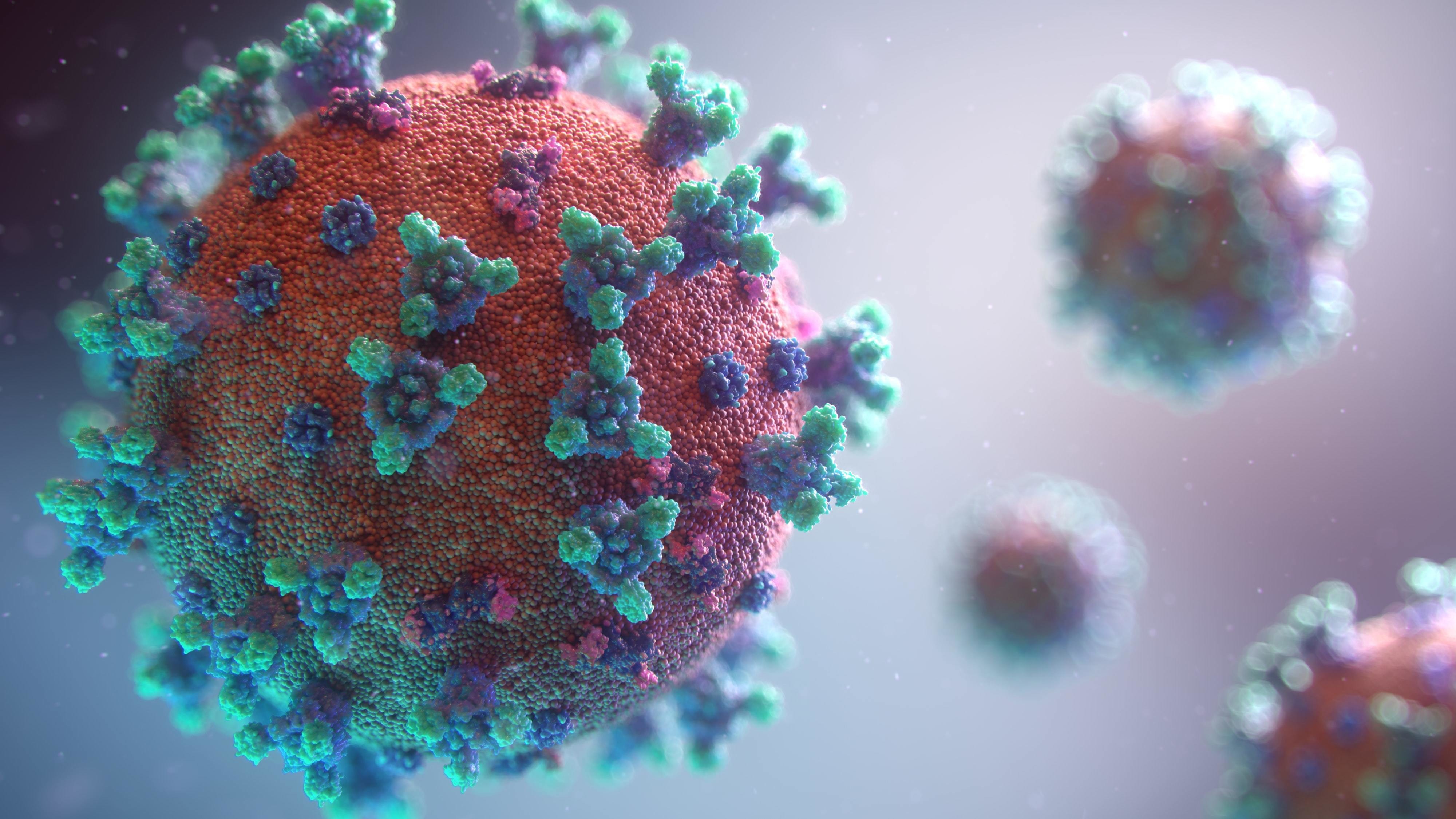Live Classes

Three years after strict enforcement of its Zero-COVID strategy, China abandoned it abruptly, leading to a jump in cases each day — an estimated 250 million people were infected in 20 days in December, according to the media, overwhelming hospitals and crematoria.
BF.7 variant and China
Based on 30 genome sequences deposited between October and December and 14 genome sequences in December alone from China, the BF.7 appears to be the dominant variant. Though this variant was found in many countries, including India, months ago, there is fear that the uncontrolled spread of the virus in China may result in newer variants with an even higher transmissibility.
For instance, the BF.7 sub-lineage with three additional immune escape mutations already seen in other variants has been found in some people arriving from China; these mutations may increase transmissibility further but will not increase disease severity. With a case surge in a few more countries, India has taken the right and proactive measures to be ready for any eventuality.
Status In India
With over 90% of the adult population already fully vaccinated by July this year, over one-fourth of adults also boosted, and a large percentage of the population also naturally infected, the chances of India witnessing large-scale deaths as seen during the second wave last year from existing variants are slim.
In fact, given that a large percentage of the population enjoys hybrid immunity from vaccination and natural infection leading to all Omicron sub-lineages causing only a mild disease, the focus in India should not be on daily new infections but only on any increase in hospitalisations, particularly ICU admissions.
Ministry of Health Urges Genome Sequencing
It is, therefore, not surprising that the Health Ministry has urged States to only ramp up genome sequencing (and not increase testing) to track new variants as the virus evolves by accumulating mutations. The pace of genome sequencing in India has to be scaled up soon after a dramatic slowdown this year.
Efforts by India To Avoid New Variants
The Government in an effort to minimise the chances of the spread of new variants has introduced 2% random post-arrival sampling of international passengers and mandatory RT-PCR tests for arrivals from China and four other countries. The Ministry has also advised States to ensure uninterrupted supply of medical oxygen and conduct a drill in health facilities to ensure operational readiness.
With seven COVID-19 vaccines, including the intranasal vaccine, manufactured using different vaccine platforms approved for use, India is vaccine self-sufficient. Besides homologous boosters, a couple of vaccines have got approval as a heterologous booster dose too.
Paxlovid
On the antiviral front, a Hyderabad-based company recently received WHO’s prequalification for a generic version of Pfizer’s COVID-19 oral antiviral drug, Paxlovid.
Genome Mapping
There is genetic material inside our cell which we call DNA, RNA. If all these substances are collected, then we call it genome. Gene mapping refers to a variety of techniques used to identify the location of a gene and the distance between genes. Genome mapping is used by scientists to help them discover new genes.
Genome Sequencing
Genome sequencing is the determination of the exact sequence of nucleotides within a DNA molecule. Under this, the order of the four elements present in DNA i.e. Adenine (A), Guanine (G), Cytosine (C) and Thiamine (T) is detected. With the help of DNA sequencing method, it is possible to detect people's diseases and treat them on time.
Genome Sequencing of Corona
How is genome sequencing done?
In this, a sample of the virus is taken from the patient's body and its genetic structure is detected through very powerful computers in the lab. From this his genetic code comes out. With the help of sequencing, scientists can understand where the mutation occurred in the virus. If the mutation has occurred in the spike protein of the corona virus, then it is more infectious as it is happening now. On the other hand, the spike protein is the thorny structure of the corona virus, through which the virus enters the human body.
BF.7 Variant
Download pdf to Read More